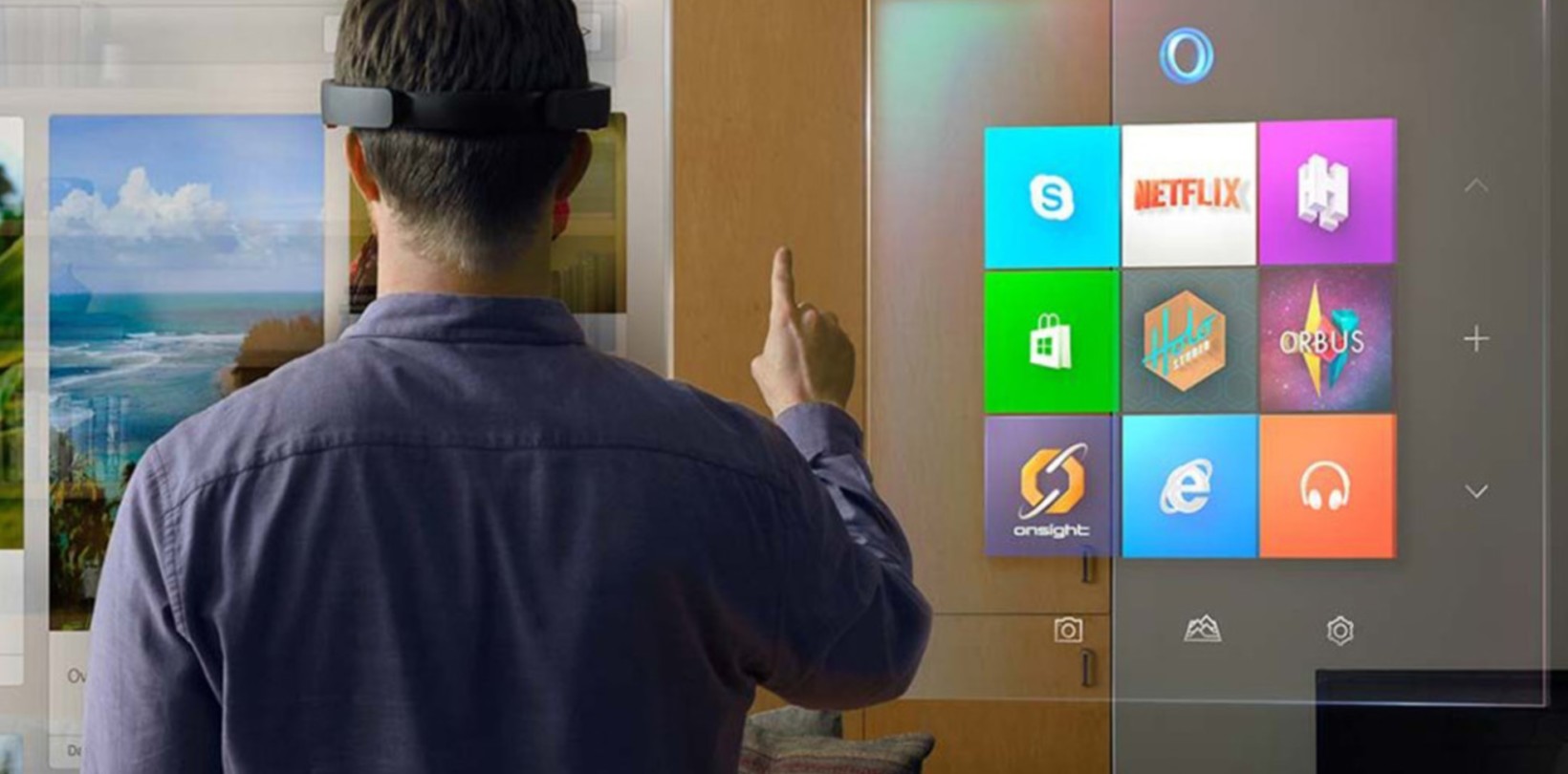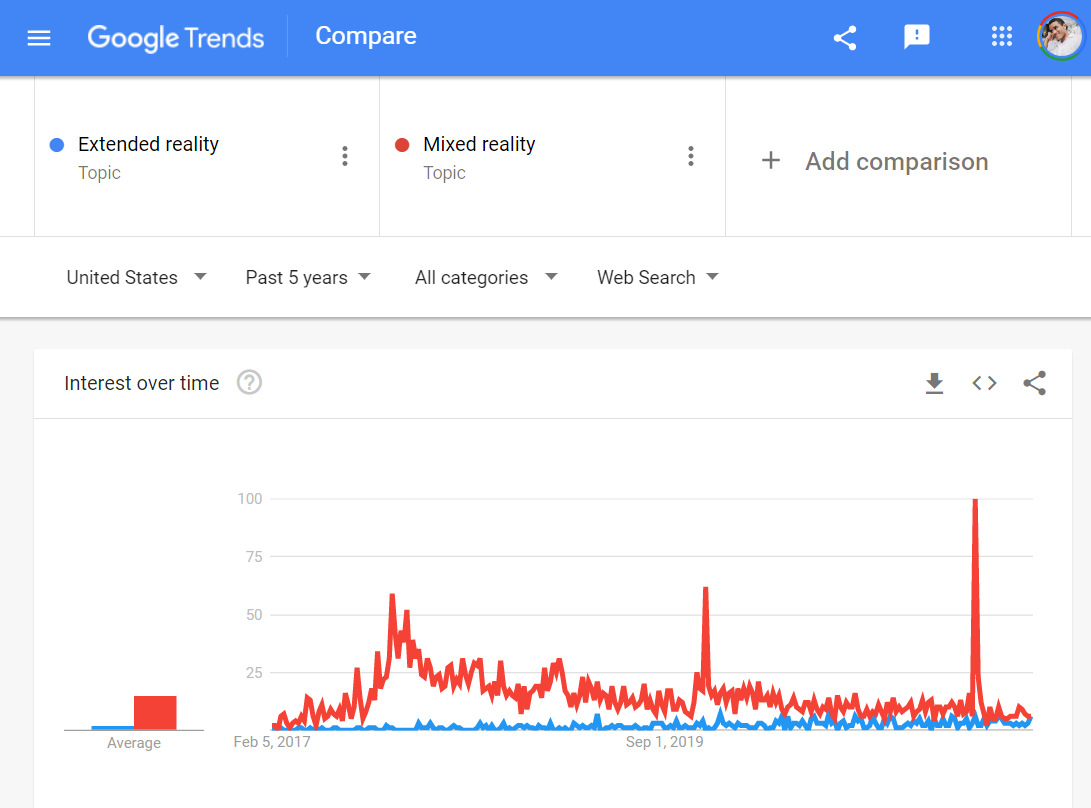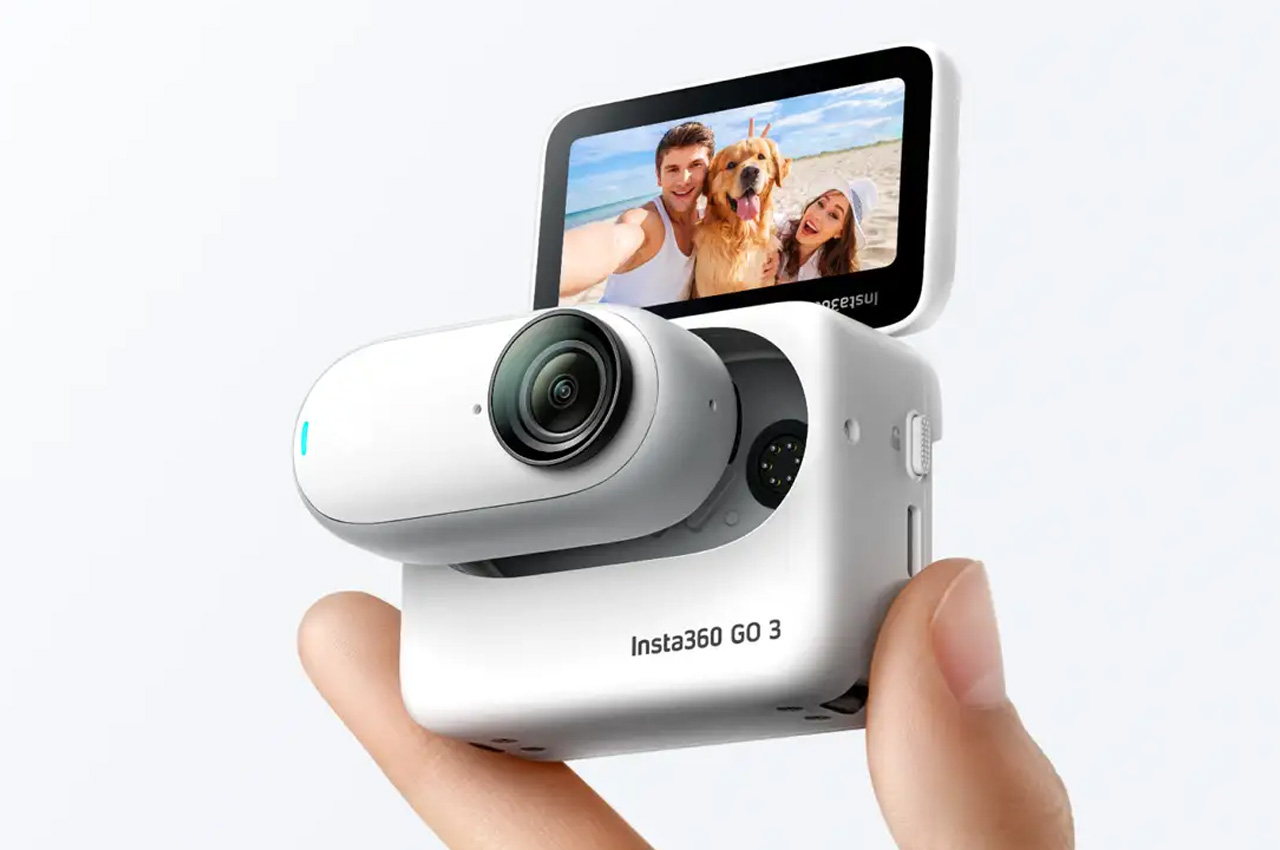#Which reality is the best?

Table of Contents
“#Which reality is the best?”
Then Facebook (the company) changed its name to Meta and signaled its investment in the metaverse. Suddenly everyone cared about VR and AR again.
Yet I still find many people still aren’t quite clear on what all these terms mean. What is the difference between augmented reality and virtual reality? What does ‘XR’ stand for, and what exactly is ‘mixed’ reality?
Fret no more friends, I’m here to help. I should note that some of these terms are constantly evolving and that sometimes academic/technical/corporate usage differs from colloquial usage (we’re primarily focused on the colloquial here), but this guide should help you make sense of our imminent immersive future.
Virtual Reality (VR)
Virtual reality is the OG. When people think of immersive computer-generated experiences beyond just gaming on a giant TV, VR is probably what comes to mind the most.

Virtual reality generally refers to a fully immersive experience — replacing the real world with a fully computer-generated one. Typically, experiencing VR requires wearing an opaque headset that fully replaces what your eyes would typically see of the real world. This generally counts even if the VR headset is creating a simulacrum of the real world — some VR headsets, for instance, are able to project aspects of the real world into your field of view using headset-mounted cameras.
Basically, if you strap on something onto your face and can’t see out of it until you turn it on, that’s VR.
Examples: Oculus Rift/Go, HTC Vive, Google Cardboard, Nintendo Virtual Boy
Augmented Reality (AR)
Now things are getting a little muddier, but in general, AR is the counterpart to VR. While VR replaces the real world with computer-generated imagery, AR instead seeks to, erm, augment the real world with virtual experiences. Therefore, when you’re experiencing AR, your perception is still guided by real-world objects and events.

Unlike VR, AR doesn’t require you to be fully immersed in a headset — or imply a headset at all, for that matter. If you’ve used a Snapchat filter, you’ve used a form of AR. There are a number of apps now that allow you to superimpose 3D models onto an image of the real world — say, if you want to see how that armchair you’ve been eyeing will fit in your living room.

Augmented reality may not require sight either — some might consider location-based audio cues to be a form of augmented reality.
Examples: Pokemon GO, Google Glass, Magic Leap, Vuzix Blade
Mixed Reality (MR) and Extended Reality (XR)
I’m grouping these two together because depending on who you ask, these could be the same thing… or have more specific definitions. But in general, these are the two terms most often used as over-arching terms to encompass all computer-generated immersive experiences.
Microsoft, for example, is fond of the term Mixed Reality as a term to encompass all digitally-enhanced experiences — both AR and VR. The term implies that reality and virtuality exist on a spectrum — the aptly-named reality-virtuality continuum — and in fact has its roots in academic research for decades. It was coined by researchers Paul Milgram and Fumio Kishino in a 1994 paper.

On one end, you have the real world as the cave folk experienced it, free from any digital nonsense. On the other end, you have a completely virtual experience, where your senses are fully immersed in a virtual environment — this is closer to straight-up living in the Matrix.

Mixed reality is everything between these two extremes, so it generally works for both AR and VR. That includes devices that offer both technologies in one; you can imagine a headset that is transparent for augmented experiences, but can go opaque when the user wants to be fully immersed.
There are some even more complex and specific definitions for mixed reality, but the above should suffice for most of the time you encounter the term.
So what about extended reality, then? Well… in most situations, it pretty much means the same thing.
That said, XR has gained some traction the last few years and is often defined more broadly; it’s also supposed to also cover all possible ‘R’s we haven’t even thought of yet. Mixed Reality, while including AR and VR, tends to be a bit more associated with the former (perhaps due to Microsoft’s HoloLens).
Still, MR appears to be the more popular term overall:

It’s also worth noting that we’ve generally been talking about replacing or adding to reality, but some researchers are also studying removing stuff from reality. This could be used, for example, to focus on a particular subject in an environment while ignoring others. The term ‘mediated reality’ is sometimes used to describe both computer-generated interactions that add to our perception as well as those that remove from it.
In general though, you’ll see MR and XR as the most common umbrella terms, as they most reflect the experiences consumers will buy into. Which one ends up being more popular remains to be seen. I’m a fan of mixed reality due to its history, but extended reality seems to be a little easier to explain since people don’t get hung up on the ‘mixed’ part.
In any case, I’d bet whatever Apple uses to describe its rumored headset will be the term that sticks around.
Examples of MR and XR: Microsoft HoloLens, pretty much all VR and AR headsets and experiences
If you liked the article, do not forget to share it with your friends. Follow us on Google News too, click on the star and choose us from your favorites.
For forums sites go to Forum.BuradaBiliyorum.Com
If you want to read more like this article, you can visit our Technology category.




